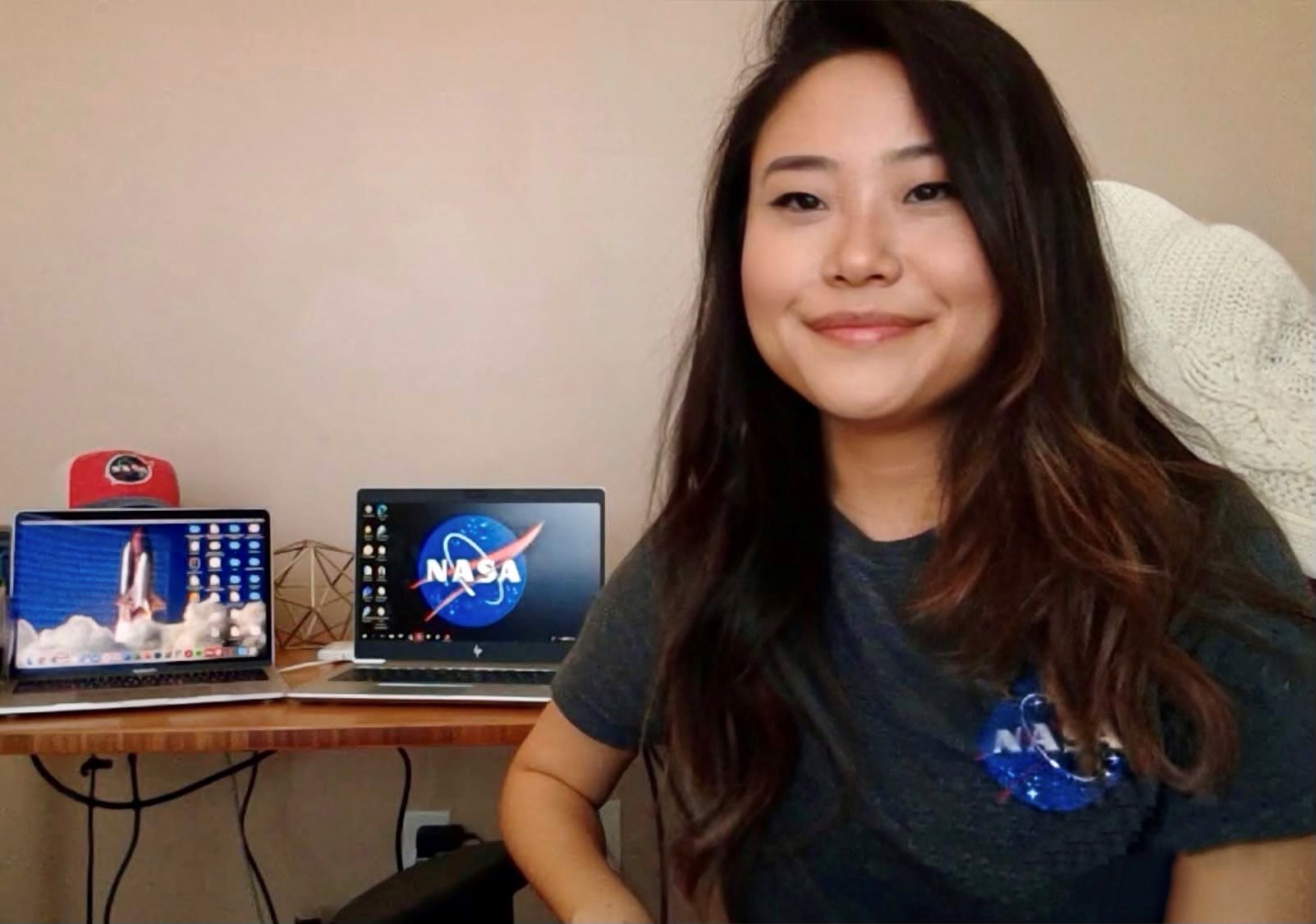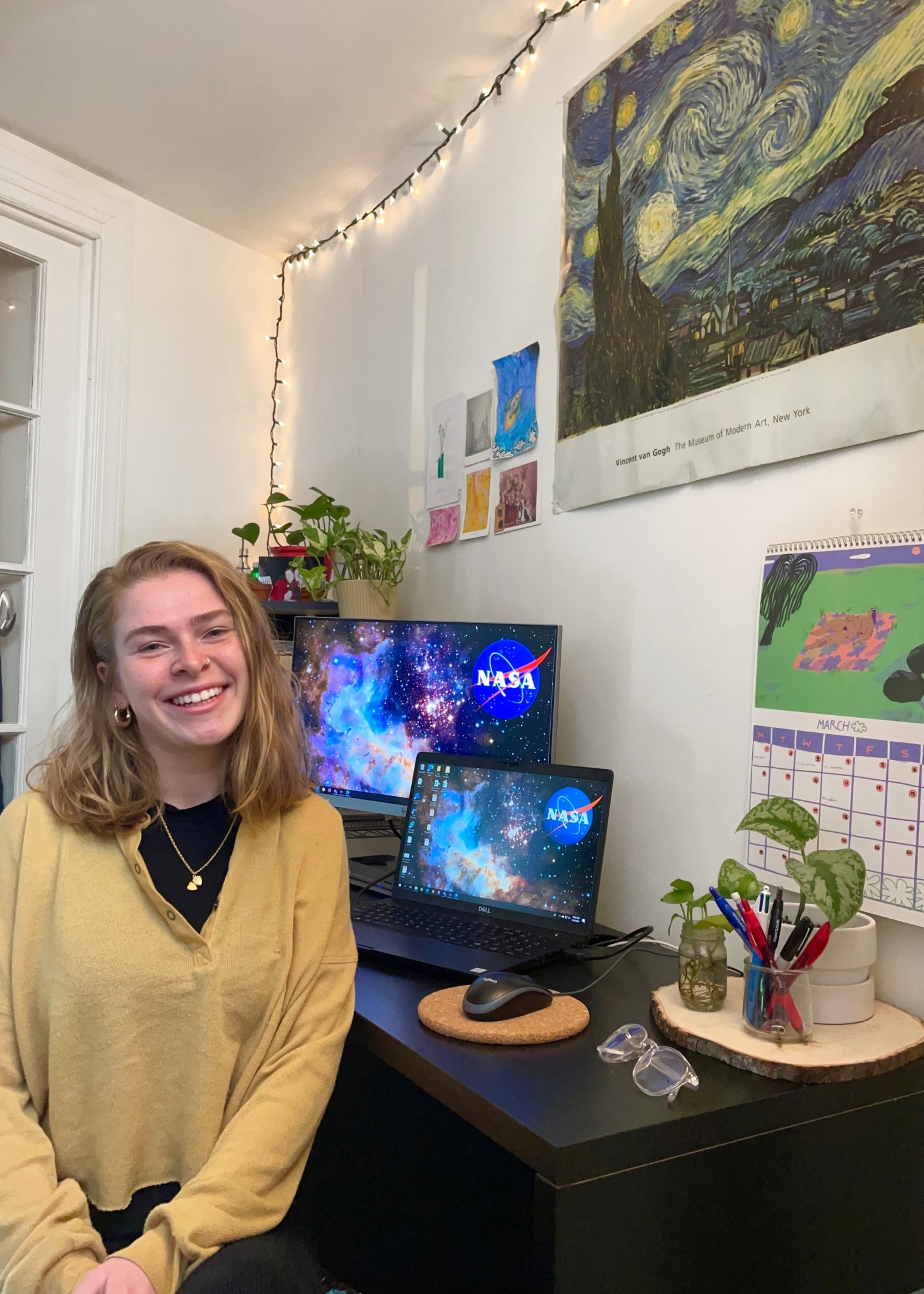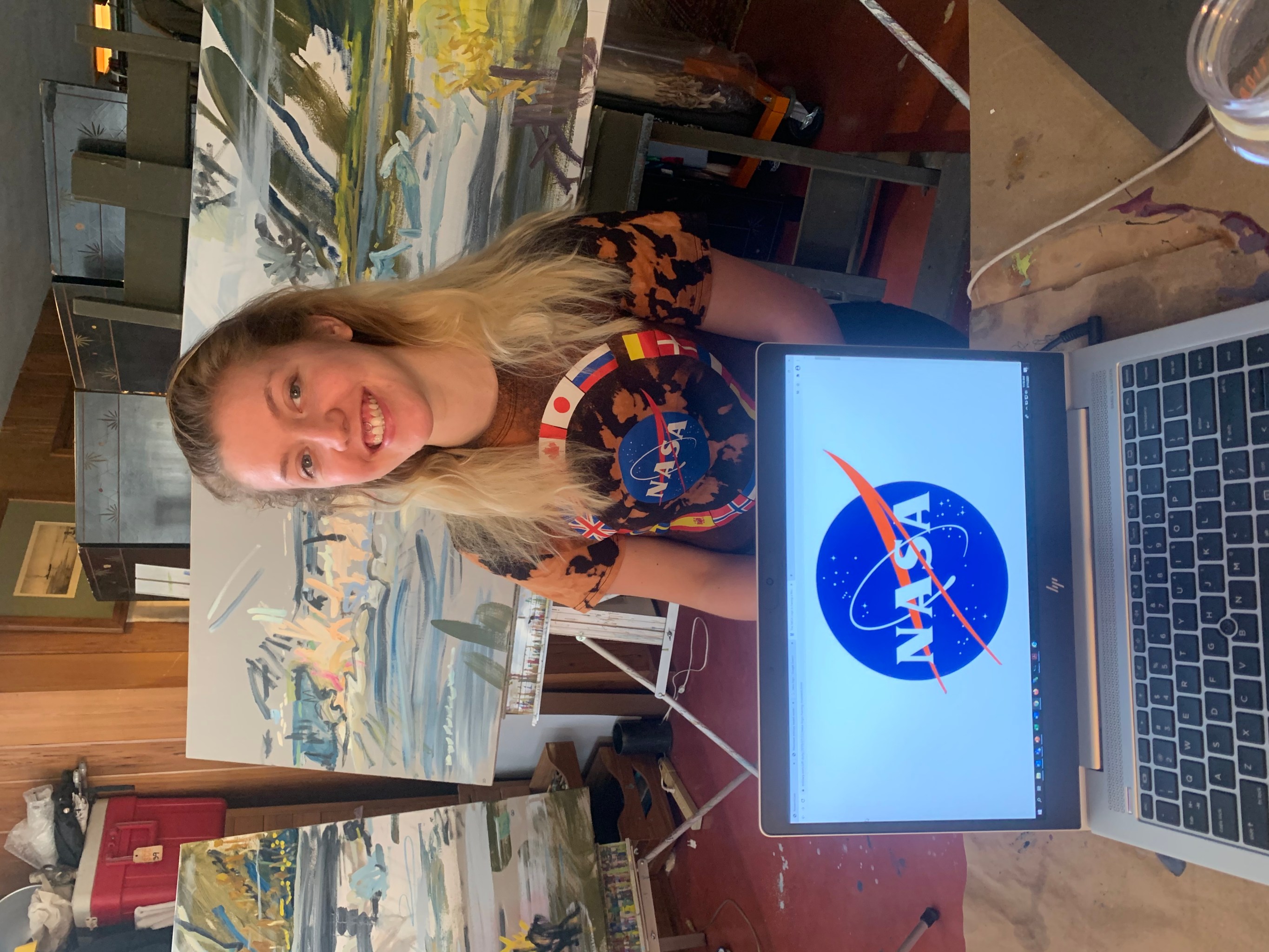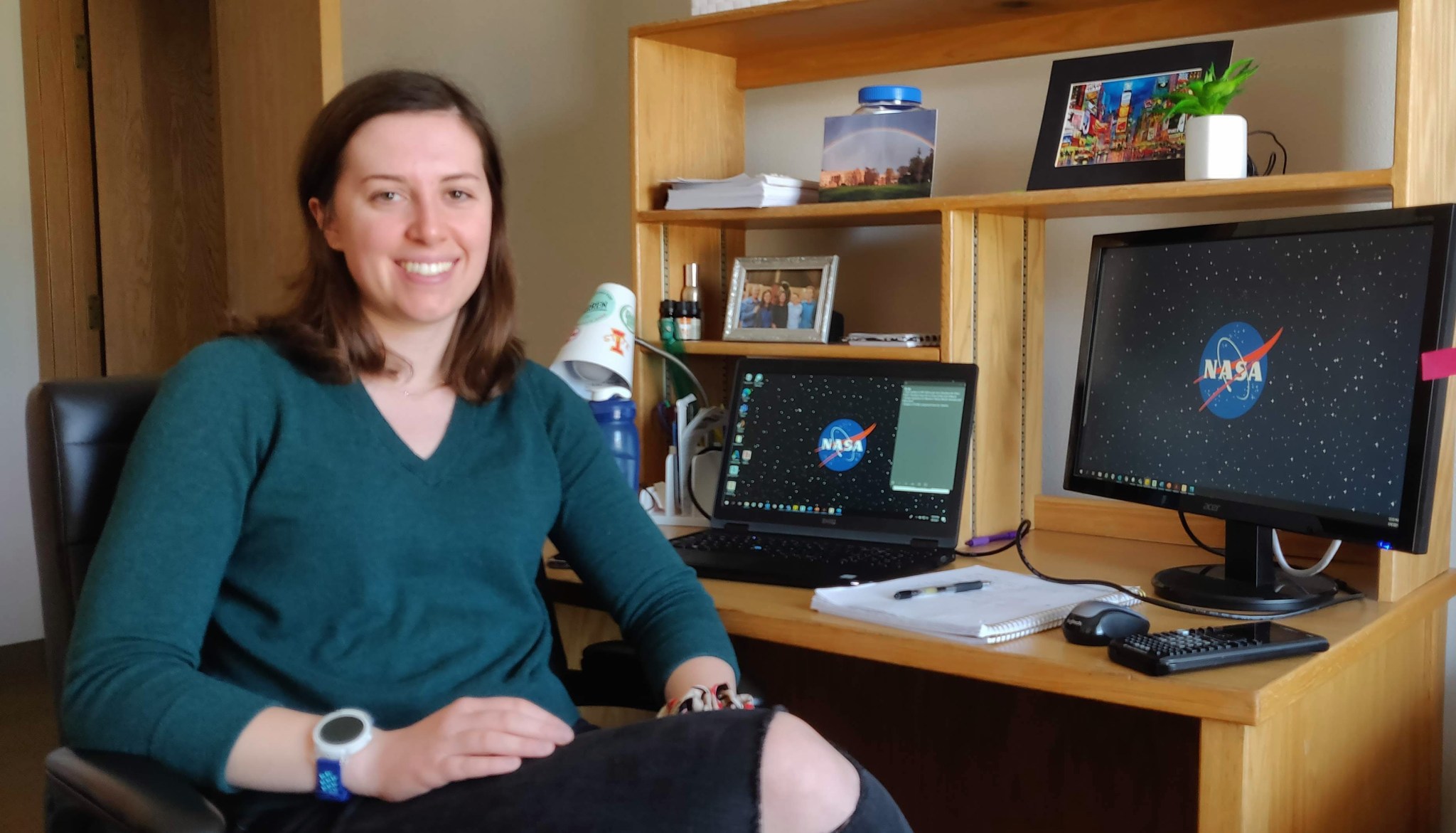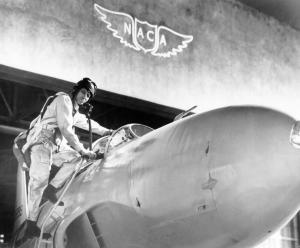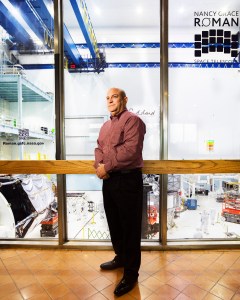Women have been celebrated for their contributions to NASA’s many past and present successes. From Katherine Johnson, Sally Ride and Mae Jamison to Jessica Meir, Ginger Kerrick and Ellen Ochoa, they have inspired, enlightened and driven countless people to pursue their dreams no matter the obstacles they face.
For interns at NASA’s Langley Research Center in Hampton, Virginia, it’s a sense of gratitude that propels them forward in their young careers.
“What I feel is an immense sense of gratitude and respect towards the ever-growing line of women who achieved feats that were deemed irresponsible for their age, background, or gender,” said intern Kristy Yun, “and I am honored to stand in that ever-growing line.”
Yun, a bioengineering graduate student at the Georgia Institute of Technology, and her fellow Langley interns recognize the important work that women who have come before them, especially during Women’s History Month.
“Although we should be recognizing women’s contributions to the world every day,” said intern Arianna Haven, “this month we get to celebrate all the amazing things we’ve accomplished as a society because of the women around us.”
Haven is a mechanical engineering student at the George Washington University and has been inspired by fellow GW alumnus and NASA Hidden Figure Christine Darden. Haven heard a talk from Darden about her career and realized her degree solidified her interest in human space travel.
“The first time I was at Langley, I couldn’t help but be in awe of the fact that I was working in the same place as some of the most notable women at NASA,” Haven said. “It is such an honor to follow in the footsteps of some of my heroes and get to continue the work that NASA does on a day-to-day basis.”
Stepping onto the agency’s oldest field center to work is both humbling and awe-inspiring. Interns like Mills Selkregg, a graduate student from Colorado State University’s Global Campus, was emotional when she got the news that she would be joining the NASA family.
“I cried because I knew that the work my mother had done for me, to prepare me to work for NASA and be a woman in science, was not in vain,” she said. “I cried because NASA is an extraordinary place to learn skills that will better me for the rest of my life, and I cried because now I would be able to tell my future daughter that she, too, can be a woman in science, because she has me as an example.”
Some Langley interns feel the weight of responsibility to those who came before them, while others aim to add on to the agency’s historic legacy of diversity to make it an everyday matter – especially in the fields of STEM (science, technology, engineering and mathematics).
“Women’s History Month means reflecting on the women who have persevered throughout history to get a seat at the table in all rooms where decisions are being made,” said intern Olivia Tyrrell. “I feel a sense of gratitude in acknowledging how far we have come and also a hope to continue to break barriers in the future.”
Tyrrell, an undergraduate senior at Iowa State University, said she is pleased to see many women in top leadership positions with the agency today – a barrier that’s constantly being broken down across the board.
“It feels amazing to be a part of this team and to see so many people that I can identify with contributing to the common goals of NASA,” she said.
Diversity of race, gender, ethnicity, religion, and sex in any workplace is essential to coming up with innovative and successful solutions, Haven said. Women’s History Month gives Langley interns motivation to continue the legacy and add to it through their actions.
“Personally, it serves as a constant reminder that many of my struggles have been shared, experienced, and overcome by resilient women who came before me,” Yun said. “This inspires me to keep persevering and to remember that it is okay to be scared because if you’re not a little scared, you’re not growing!”
Interns across NASA have their individual reasons and inspirations for contributing to the agency’s efforts to explore space beyond low-Earth orbit and improve the lives of humans on our planet. As more women join NASA and students enter the STEM fields, it is hoped that whatever they want to do and wherever they want to go is not a historical event but an everyday occurrence.
“I want women scientists to be commonplace,” Selkregg said, “not remarkable.”
























